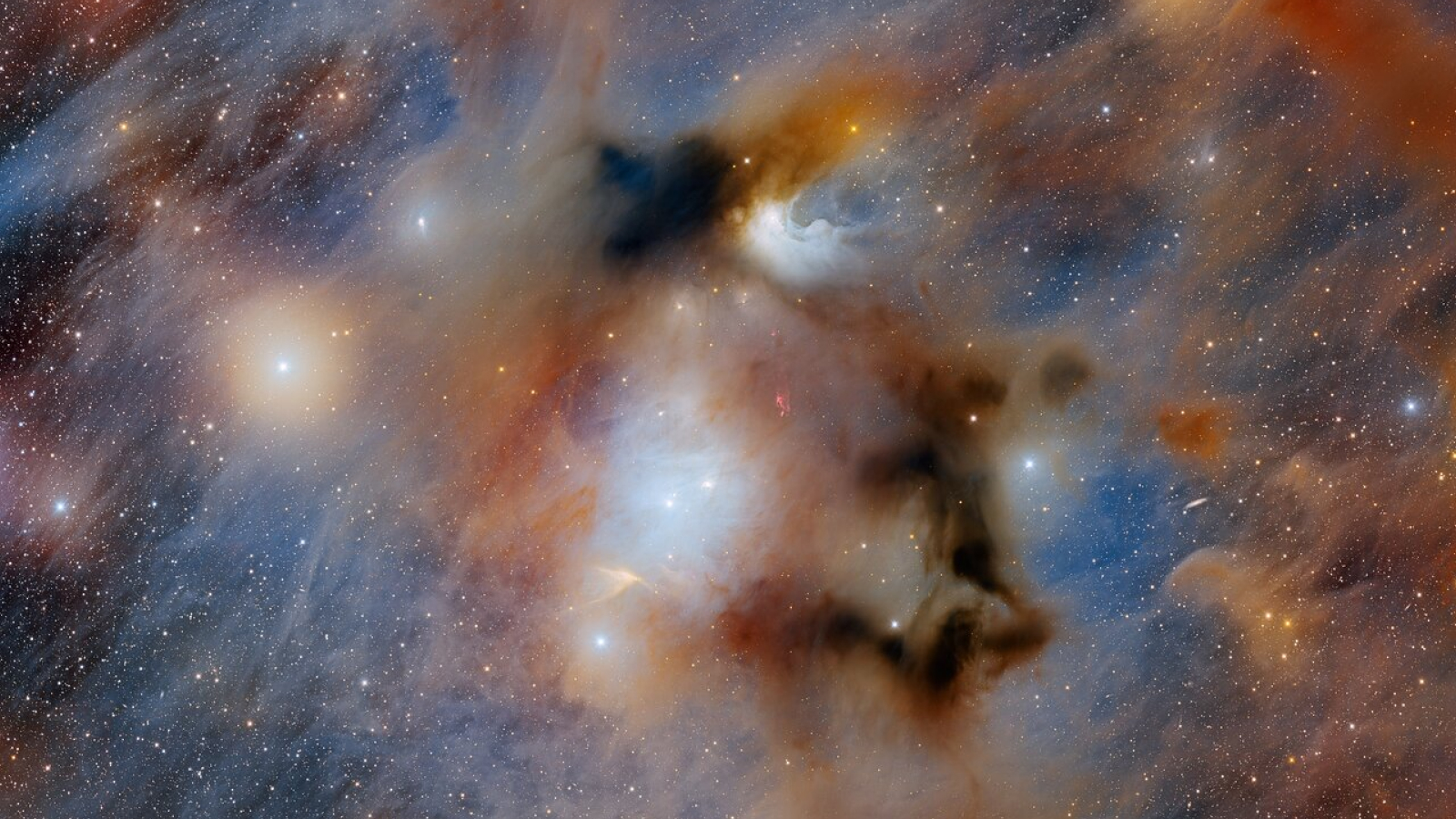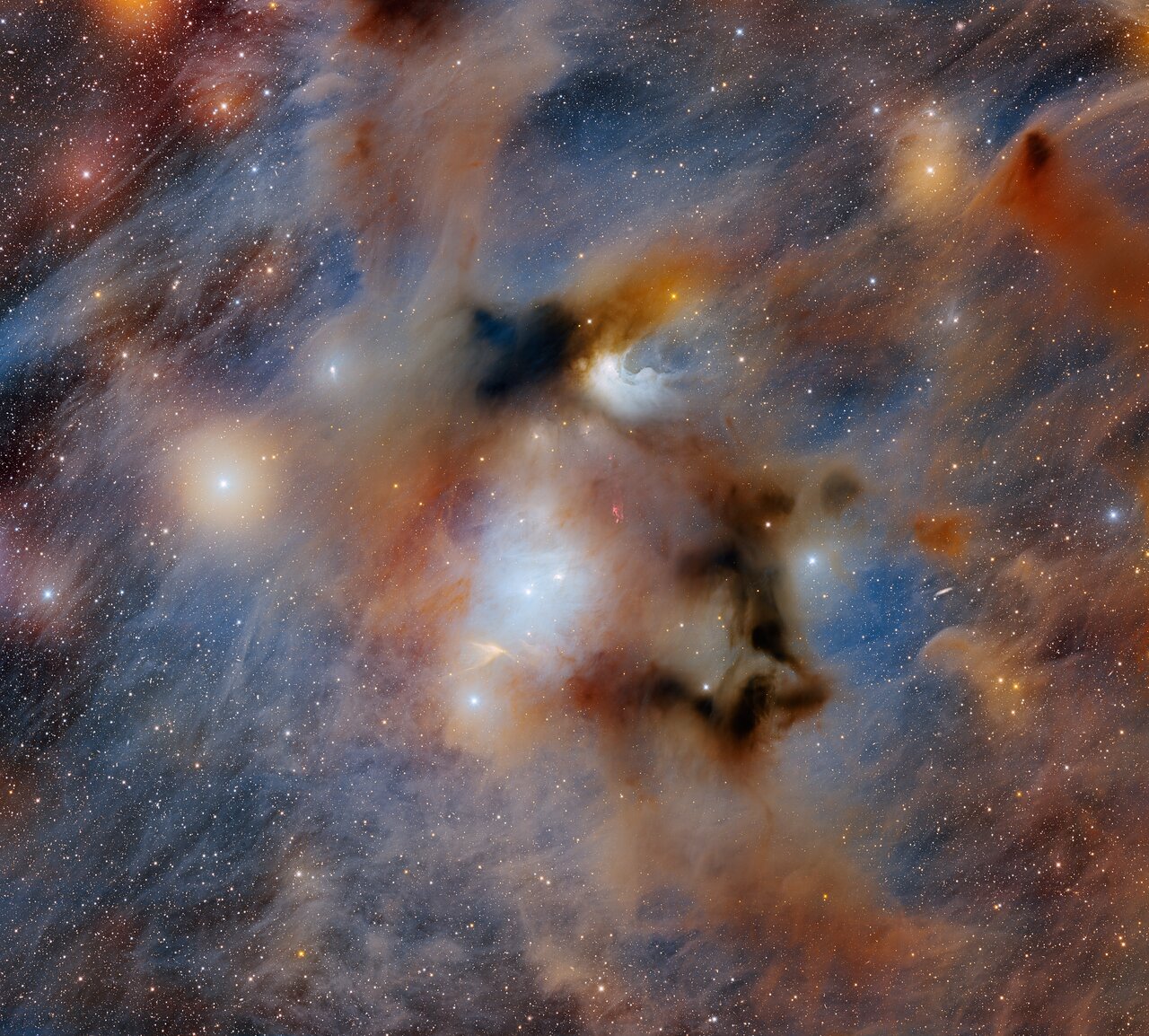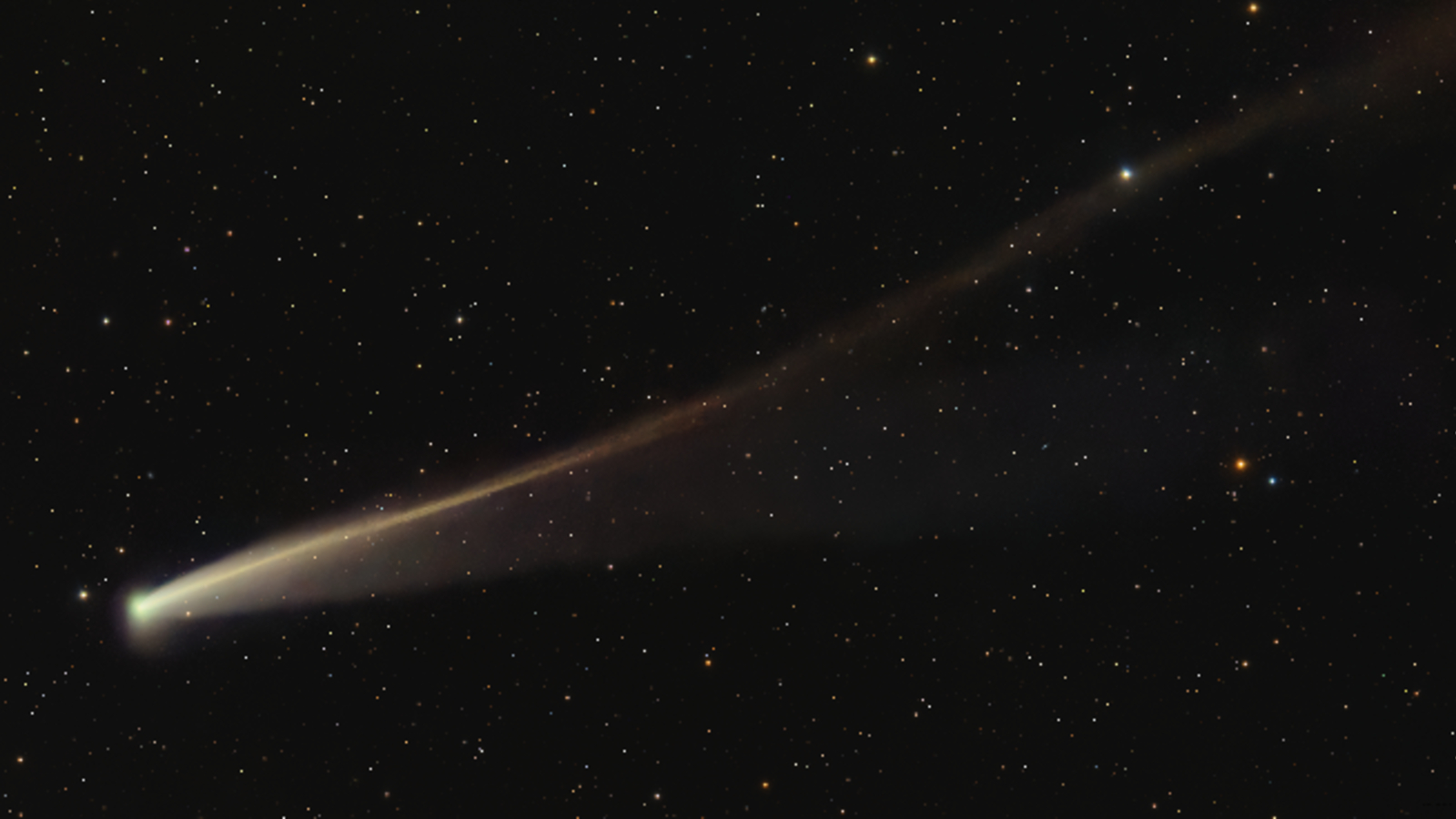Ominous 'Chamaeleon' is hiding a stellar secret: Space photo of the week
The Dark Energy Camera captured glowing nebulae in the Chamaeleon I star-forming region, illuminating the dense clouds with newborn starlight.

What it is: The Chamaeleon I star-forming cloud
Where it is: 522 light-years away, in the constellations Chamaeleon, Apus, Musca, Carina and Octans
When it was shared: June 10, 2025
Stars form within dark molecular clouds of gas and dust called nebulae, but it's rare to capture these stellar nurseries clearly. A dramatic new image from the Dark Energy Camera (DECam) in Chile unveils the Chamaeleon I dark cloud — the closest such place to the solar system — in unprecedented detail.
The dark patches exposed in the new image give Chamaeleon I an ominous look, but within the thick veils of interstellar dust are pockets of light created by newly formed stars. Chamaeleon I is approximately 2 billion years old and is home to around 200 to 300 stars.
Those young stars, now emerging from swirling gaseous plumes, are lighting up three nebulae — Cederblad 110 (at the top of the image), the C-shaped Cederblad 111 (center) and the orange Chamaeleon Infrared Nebula (bottom). In astronomy, the word "nebula" is used to describe a diverse range of objects. It was initially used to describe anything fuzzy in the sky that wasn't a star or a planet, and it also refers to planetary nebulae, shells of gas ejected from dying stars.
Related: 28 gorgeous nebula photos that capture the beauty of the universe
However, these three are reflection nebulae, which glow brightly only because they're illuminated by starlight. That's in contrast to the famous Orion Nebula, which emits its own light because the intense radiation of stars within or near the nebula energizes its gas, according to NASA.

Chamaeleon I is just one part of the expansive Chamaeleon Cloud Complex — imaged in 2022 by the Hubble Space Telescope — which includes the smaller Chamaeleon II and III clouds. Chamaeleon I has been imaged many times before, most recently by the James Webb Space Telescope in 2023.
What makes this new image stand out is its spectacular detail. Mounted on the National Science Foundation's Víctor M. Blanco 4-meter Telescope at Cerro Tololo Inter-American Observatory in Chile, DECam's 570-megapixel sensor reveals an intriguing faint red path of nebulosity between Cederblad 110 and Cederblad 111. Formed when streams of gas ejected by young stars collided with slower-moving clouds of gas, they're known as Herbig-Haro objects and are embedded throughout Chamaeleon I.
Get the world’s most fascinating discoveries delivered straight to your inbox.
For more sublime space images, check out our Space Photo of the Week archives.

Jamie Carter is a freelance journalist and regular Live Science contributor based in Cardiff, U.K. He is the author of A Stargazing Program For Beginners and lectures on astronomy and the natural world. Jamie regularly writes for Space.com, TechRadar.com, Forbes Science, BBC Wildlife magazine and Scientific American, and many others. He edits WhenIsTheNextEclipse.com.
You must confirm your public display name before commenting
Please logout and then login again, you will then be prompted to enter your display name.
